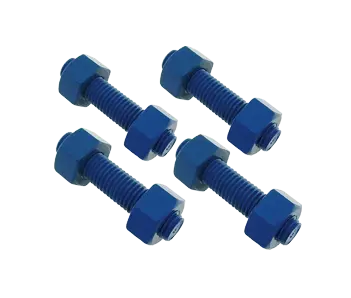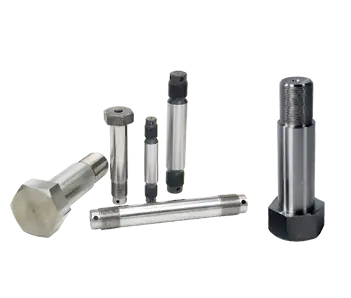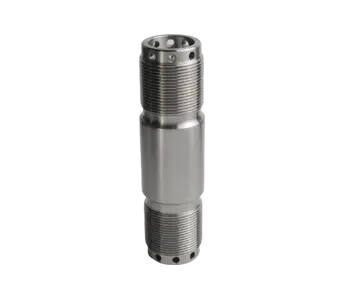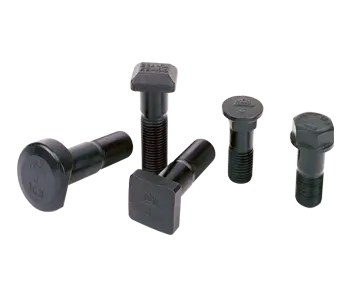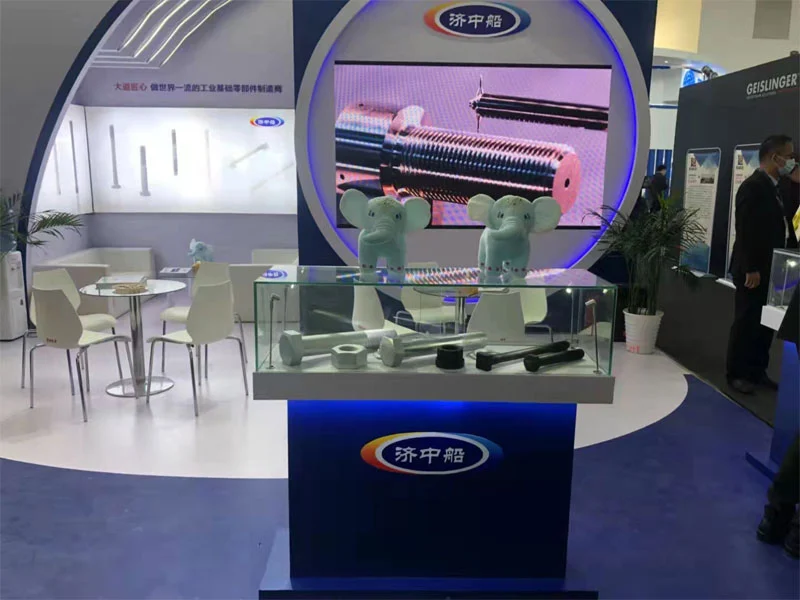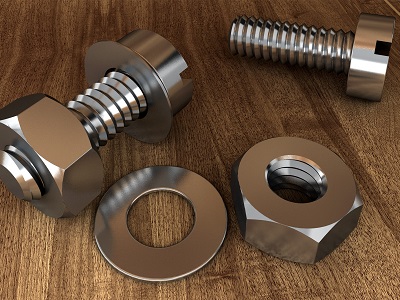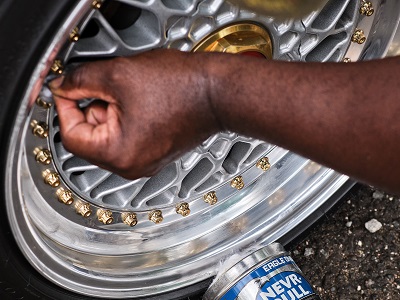
During the processing and manufacturing of fasteners, due to unreasonable design, improper material selection, processing technology, heat treatment and surface treatment process, the quality of fasteners will be poor, resulting in surface or internal defects. The defects of fasteners due to improper forming, heat treatment and surface treatment are described in detail below.
When the fastener is delivered to form the head, the head deformation shall not be within the critical deformation zone. If the deformation ratio of the fastener is not correct and the deformation amount is just within the critical deformation zone, the deformation grain at the head will grow after heat treatment. Because the fastener rod is not deformed, the grain at the rod will not grow, resulting in uneven grain at the head and rod. Another reason is that the uneven deformation of the fastener makes the degree of grain breakage inconsistent, or the local work hardening of the alloy. Heat-resistant steel and superalloy are particularly sensitive to grain inhomogeneity, which significantly reduces the durability and fatigue properties of bolts. Under the action of assembly or working stress, cracks are generated and expanded at the interface of coarse and fine grains. Improper forming process will also lead to coarse grains. It is usually caused by high initial forging temperature, insufficient deformation, high final forging temperature, and deformation falling into the critical deformation zone. Coarse grains may also be caused when aluminum alloy deformation is too large to form texture or superalloy deformation temperature is too low to form mixed deformation structure. Coarse grains will reduce the plasticity and toughness of fasteners, and also significantly reduce the fatigue performance.
The requirements of fastener manufacturing process are becoming higher and higher, and high-strength bolts (nails) are no longer processed by turning, and most of them are formed by cold-sensitive and heat-sensitive head to improve the connection strength of bolts. The thread shall be rolled, and the metal flow line between the bolt head and the rod shall be continuously distributed along the head shape. Only qualified metal streamline can improve the fatigue strength of fasteners.
The metal flow line of fastener head is unqualified due to improper forming process. The irregular distribution of streamline mainly refers to the disorder of streamline such as streamline cutting, reflux, eddy current, etc. It is caused by the improper design of forging die, the unreasonable selection of forging method, and the improper manual operation, which causes the uneven flow of metal. Unqualified metal streamline leads to the reduction of many mechanical properties of fasteners, including fatigue strength.
The requirements of fastener manufacturing process are becoming higher and higher. For smaller threads, the thread rolling process is often used, while for larger threads, the rolling process or direct rolling forming is generally used, especially for materials with higher surface integrity requirements, such as titanium alloy. The existing research shows that thread rolling strengthening is one of the most effective ways to improve the fatigue life of threaded fasteners.
The defects often caused by thread rubbing or rolling of fasteners include fold cracks, root micro-cracks, holes in the thread and local breakage.
Due to improper selection of process parameters, poor material, improper lubrication and other reasons, the thread surface is prone to produce small fold cracks during thread rolling and rolling. Therefore, when selecting thread rolling parameters, a certain range should be selected according to the thread pitch, material, hardness and other data, and the final process parameter range should be determined through tests. The figure below shows the folded crack on the thread surface of a titanium alloy bolt due to improper process.
Bolts (nails), nuts and other fasteners are forged, and the pier forging temperature is inappropriate. If the heating temperature of the pier forging is low, it is easy to produce cracks, and if the temperature is high, it is easy to produce overheating. When the pier forging temperature is low, the crack generally occurs in the place with large deformation or the largest stress and the thinnest thickness. This is mainly because such cracks are usually caused by large tensile stress, shear stress or additional tensile stress formed during pier forging.
Excessive cold lock deformation will also cause cracks. For example, the 30CrMnSiA cross recessed flat round head screw was broken from the head during the assembly process, as shown in the figure below. The failure analysis results show that the cross recesses of the cold pier of the screw are too deep, resulting in microcracks at the root of the cross recesses, and having a certain impact on the strength of the screw is the root cause of the screw turning.
